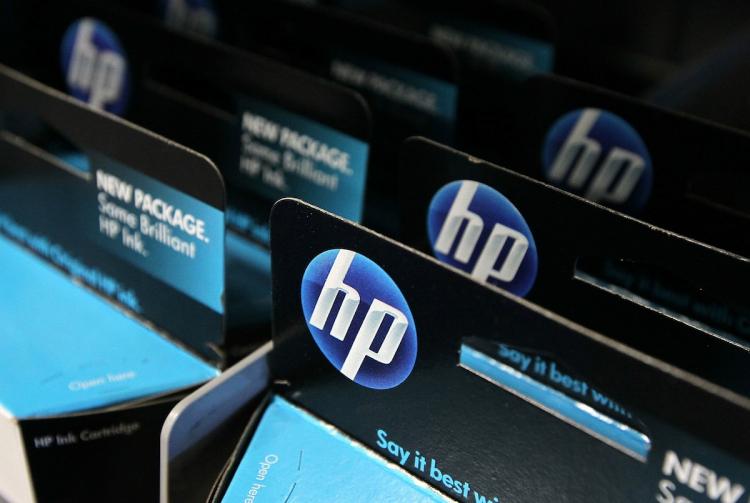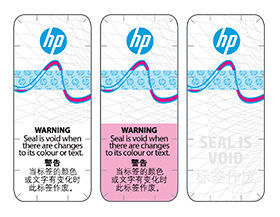Counterfeiting is a major concern for brands. Companies lose billions of dollars in revenue and consumers also suffer the consequences in situations where they are unable to verify themselves or their ownership over products.
“The Organisation for Economic Co-operation and Development (OECD) estimates the annual value of international trade in all counterfeit goods at $200 billion.”
Imports of counterfeit and pirated goods are worth nearly half a trillion dollars a year or around 2.5% of global imports, with US, Italian and French brands hit the hardest and many of the proceeds going to organised crime, according to a new report by the OECD and the EU’s Intellectual Property Office.
So How Did HP Use The Concept of the Internet of Things to Combat Counterfeiting?
HP’s Tamper Evident Label and Security Label initiatives are a step towards enhancing its brand protection that customers can rely on.
Let’s take a look at how HP introduced a four-step method to easily authenticate products such as ink and toners.
- To authenticate whether a product is a genuine HP product, customers can use their smartphones and scan the QR code placed on the HP Security Label on the packaging.
- The QR code redirects to an online verification site checking the authentication number on the label against its online database which maintains records of the product down to the serial level.
- If the IDs match the user is informed they have purchased a genuine HP registered product or offered a way to report a counterfeit in case the authentication fails.

“Counterfeit HP cartridges are predominantly refilled or remanufactured print cartridges packed in unauthorized or fake reproductions of HP packaging, that can’t compare to genuine HP cartridges. At HP, we are constantly striving to protect you from counterfeiters with new security measures.”
Being able to maintain a digital record of a product on an individual serial level enables HP customers to scan the physical counterpart of the product, pick the authentication code off the label and use the internet to run a check against the digital record.
This creates an authentication method which is tougher for counterfeiters to replicate. Easing the product verification process and enabling customers to authenticate products via mobile devices, HP has successfully managed to deter fake products in the market and further strengthen its brand security/image.
These technology-led initiatives which are capable of connecting the digital counterparts of physical products with their real-time values and status are redefining retail and product surveillance. HP has successfully built an anti-counterfeiting process based the concept of “internet of things” and as a result, other brands are also eagerly moving towards implementing internet of products led initiatives.
Such Internet of products enabled solutions are helping brands explore the possibilities that lie beyond the status-quo of usual product management.




